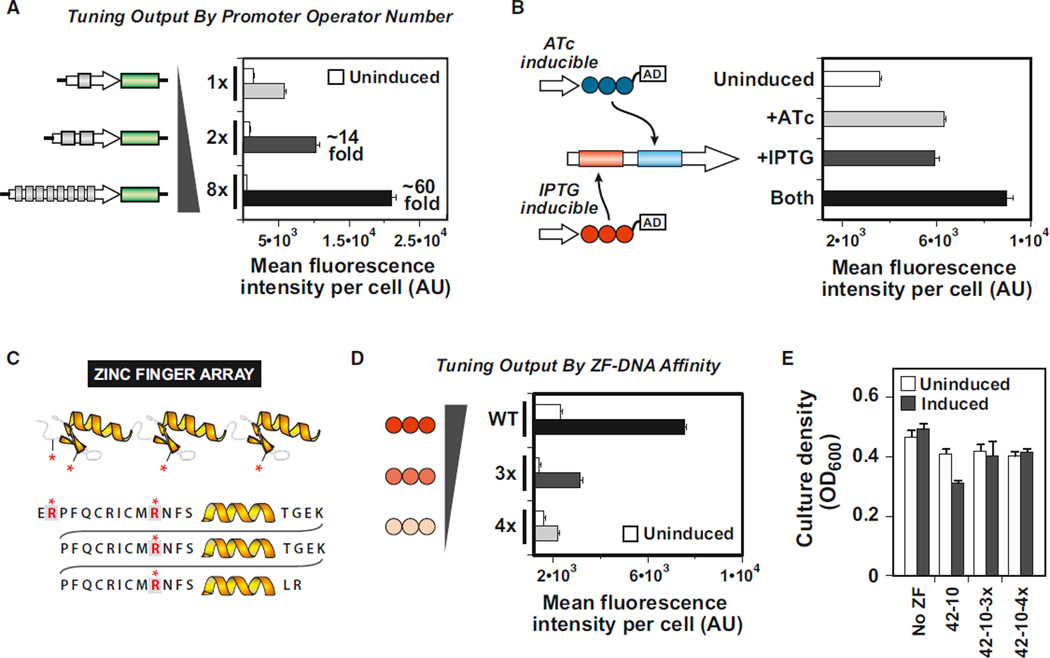Figure 4. Tuning Transcriptional Outputs by Rationally Adjusting Multiple Component Properties.
(A) Tuning up output strength by increasing ZF operator number in synthetic promoter (sTF43-8).
(B) Integrating two distinct sTFs at a single synthetic promoter. sTF43-8 and sTF42-10 were expressed independently from ATc- and IPTG-inducible GAL1 promoters.
(C) Schematic representation of the canonical Cys2-His2 ZF protein (top). Each finger is composed of two β strands and a recognition helix, which makes sequence-specific contacts to three DNA bps. Four arginine residues in the ZF framework that mediate nonspecific interactions with the phosphate backbone were targeted for mutation to alanine residues (gray boxes and highlighted in red) in order to alter the affinity of the ZF for its cognate binding sequence.
(D) Tuning down activation output by engineering ZF affinity variants in sTF42-10 (3x: R2A/R39A/R67A, 4x: R2A/R11A/R39A/R67A). Horizontal axis begins at basal (promoter-only) fluorescence level (B and D).
(E) Phosphate backbone mutants of 42-10 rescue the fitness cost of sTF42-10 on host cell growth. Error bars represent SD of three experiments.
See also Figures S4 and S5.

